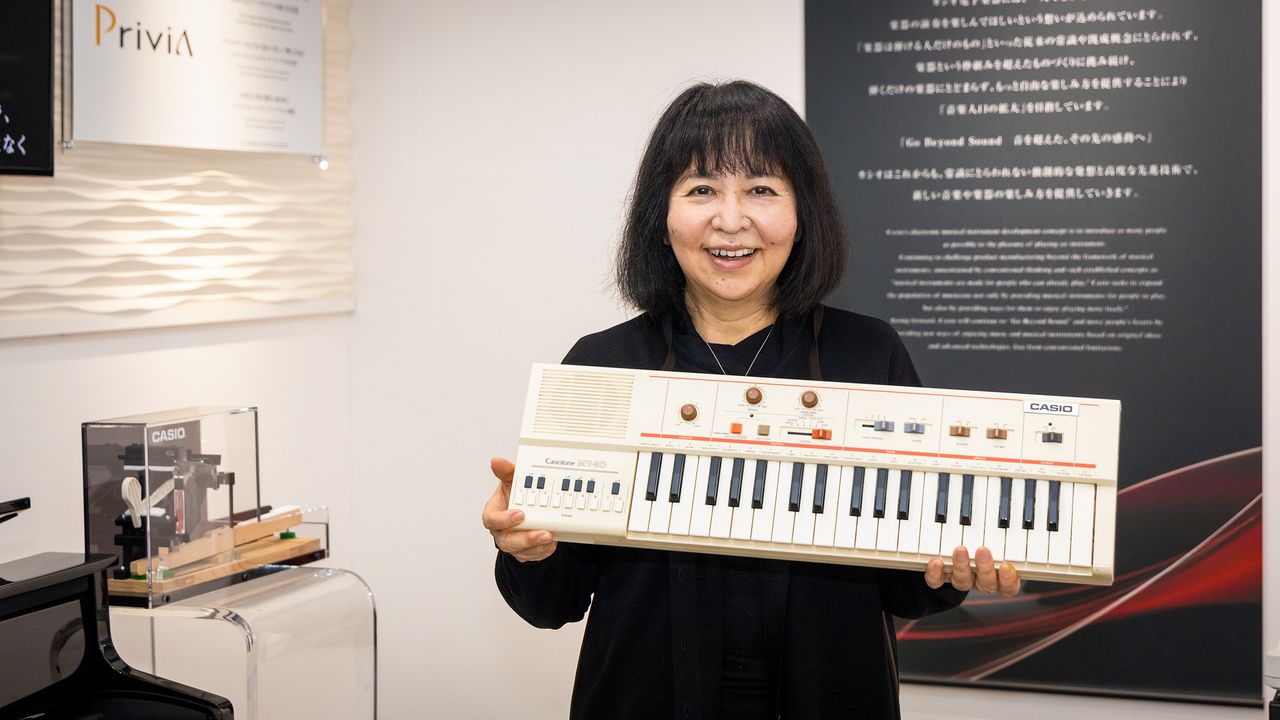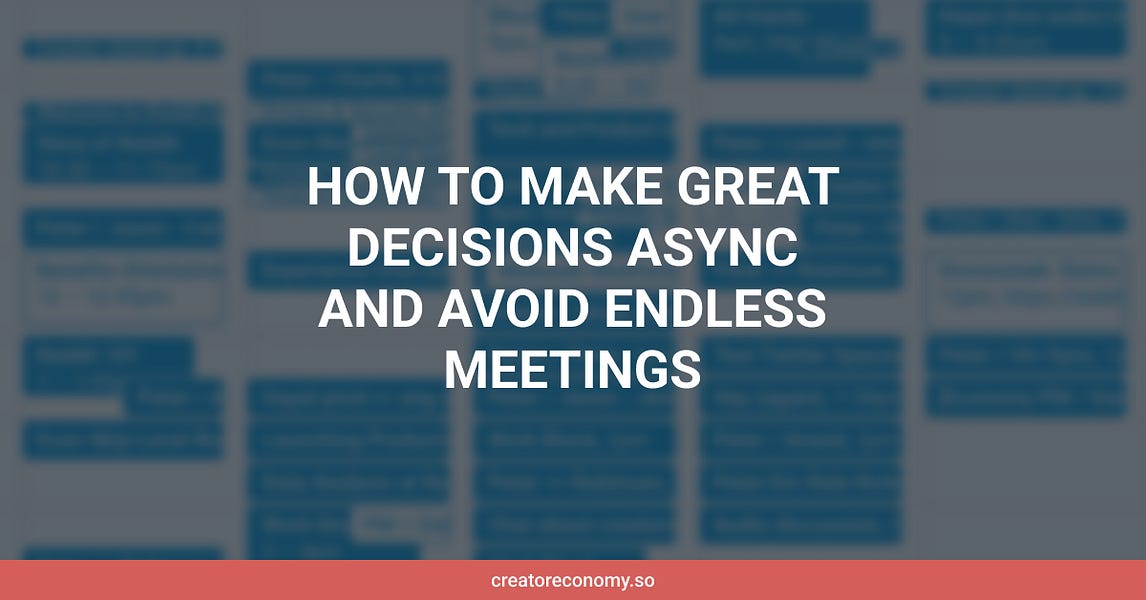- Product Punks
- Posts
- Product Punks Roundup: My Favourite Product and Tech Finds of the Week
Product Punks Roundup: My Favourite Product and Tech Finds of the Week
My five favourite product and tech finds from around the web this week.
Let's get stuck in:

Source: Carl Velotti via Twitter
Dude, Where's My Kid? 👶
Modern cars come loaded with so much location-tracking tech that manufacturers know our every move, and are often making a tidy profit selling the data onto 3rd parties.
If you actually want them to use that data to locate your car, though, you'd better be paying for a "find my car" service, as one Illinois sheriff's department found out when they tried to rescue a kidnapped toddler.
And don't mention the $500k Ferrari that locked itself forever when someone tried to fit a child seat 🚗
The masked car-thieves who stole a #Volkswagen SUV in #LakeCounty, IL didn't know that there was a two-year-old child in the back seat - but that's no excuse. A violent car-theft has the potential to hurt or kill people, after all. 1/
— Cory Doctorow (@[email protected]) (@doctorow)
Feb 28, 2023
The Robots That Know What You're Thinking 🤖
Last year it was NFTs and Web3, this year it's AI and ChatGPT. But what's different this time (once you've got past the terrifying Skynet-esque possibilities) is the immediately obvious real world application of the technology.
One thing that is right on the Skynet end of the spectrum, though, is AI mind-reading. Like something straight out of a nineties sci-fi movie, AI is apparently now smart enough to draw what we've been thinking based on brain scan data.
Hyperbole or not, it's pretty mind-blowing 🤯
okay so AI can literally read our minds now.
a team from osaka was able to reconstruct visual images from mri scan data using stable diffusion.
first row is the image presented to the test subject, second row is the reconstructed image from mri data.
wild.
— Siqi Chen (@blader)
Mar 3, 2023
How One Japanese Programmer Helped Revolutionise Jamaican Dancehall 🎹
"Under Mi Sleng Teng" by Wayne Smith is widely regarded as one of the most influential records in reggae. In the 35 years since it's release, the Sleng Teng riddim has been used as the foundation for more than 450 tracks and become synonymous with the sound of Jamaican dancehall.
What most people don't realise is that the pioneering riddim was lifted straight from the preset library of a Casio MT-40 keyboard and was created by a young Japanese programmer with a passion for Bob Marley and British rock.
An intriguing story of the influence tech can have on art, and vice versa 🥁
How Community Helped Waze Compete with Google and Apple Maps 🗺️
When Waze launched in 2006, mobile navigation apps didn’t really exist. If you wanted to find your way from point A to point B without using a physical map, you’d have to rely on a standalone GPS device suction-cupped to your windscreen.
Debuting two years before Google Maps on iOS and Android, Waze took an innovative approach to map creation, relying on its community to fill in the gaps on the app’s user-created maps. It’s that community-driven approach that helped Waze fend off Google and iOS for so long, and stopped Waze just being folded into Google Maps when the tech giant acquired it in 2013.
Here’s the full story of how community has continued to power Waze’s popularity 📍
How to Make Async Decisions 🤔
As a product manager, your success is often down to the pace and quality of your decision-making. But how to make great decisions (how to communicate them) isn’t something you ever really get taught.
As we move closer and closer to fully asynchronous working, we need a process for making good decisions quickly without dragging our teams into an endless loop of Zoom calls across time zones.
Here’s how to handle the 90% of decisions that can be made without getting everyone into a room, or onto a video call ✅
That’s it!
See you next week (probably).
Toby
The Punk PM
P.S. Feel free to share this with anyone else you think would find it interesting.
I’m still playing around with ideas for content and format for this newsletter, so I’d love to hear your thoughts on this new structure. Go ahead and shoot me an email with ways you think I can make it better.


